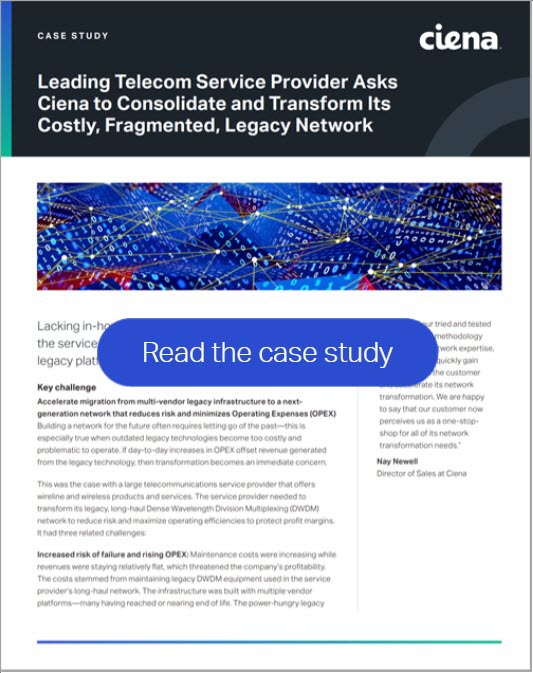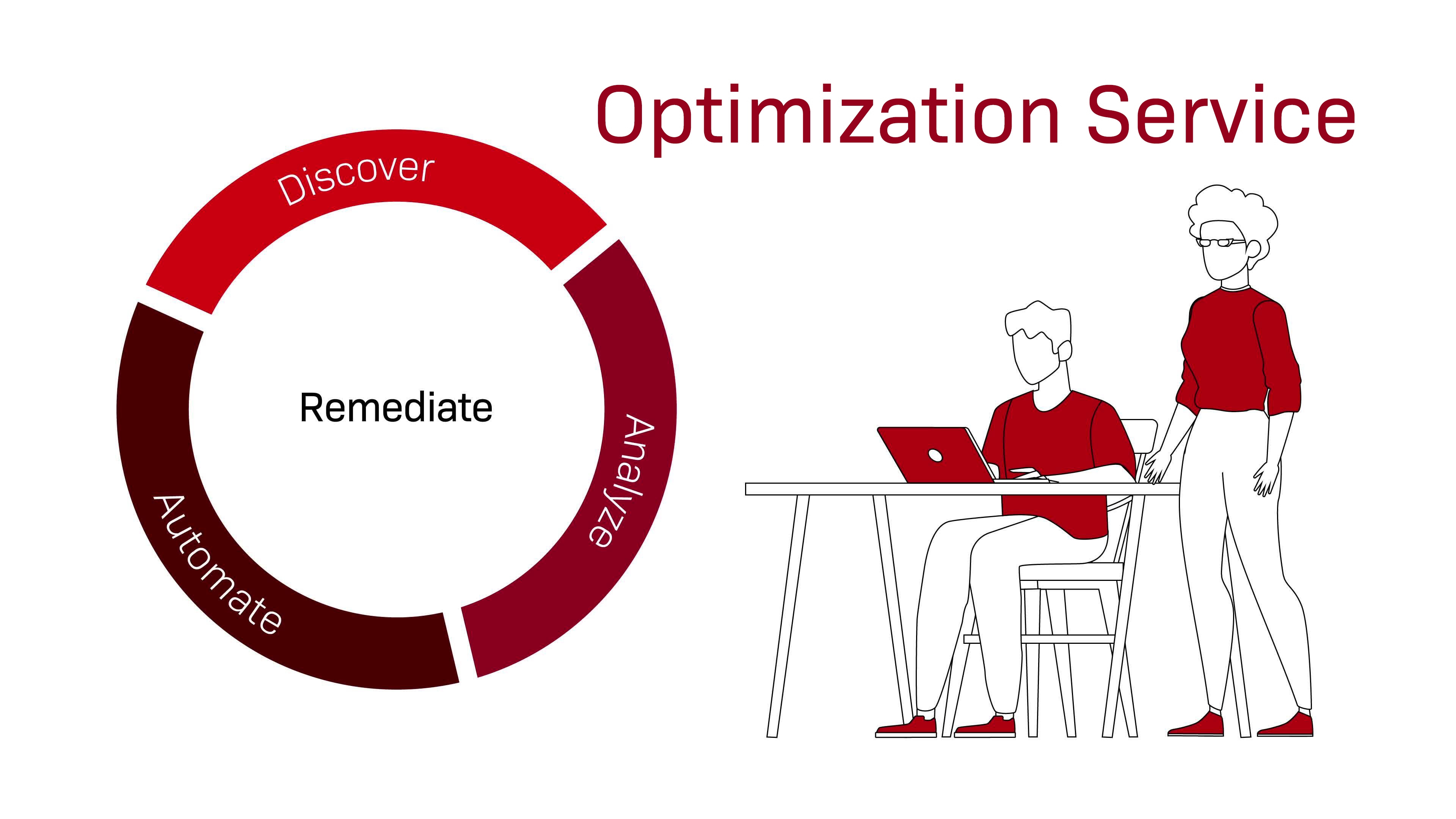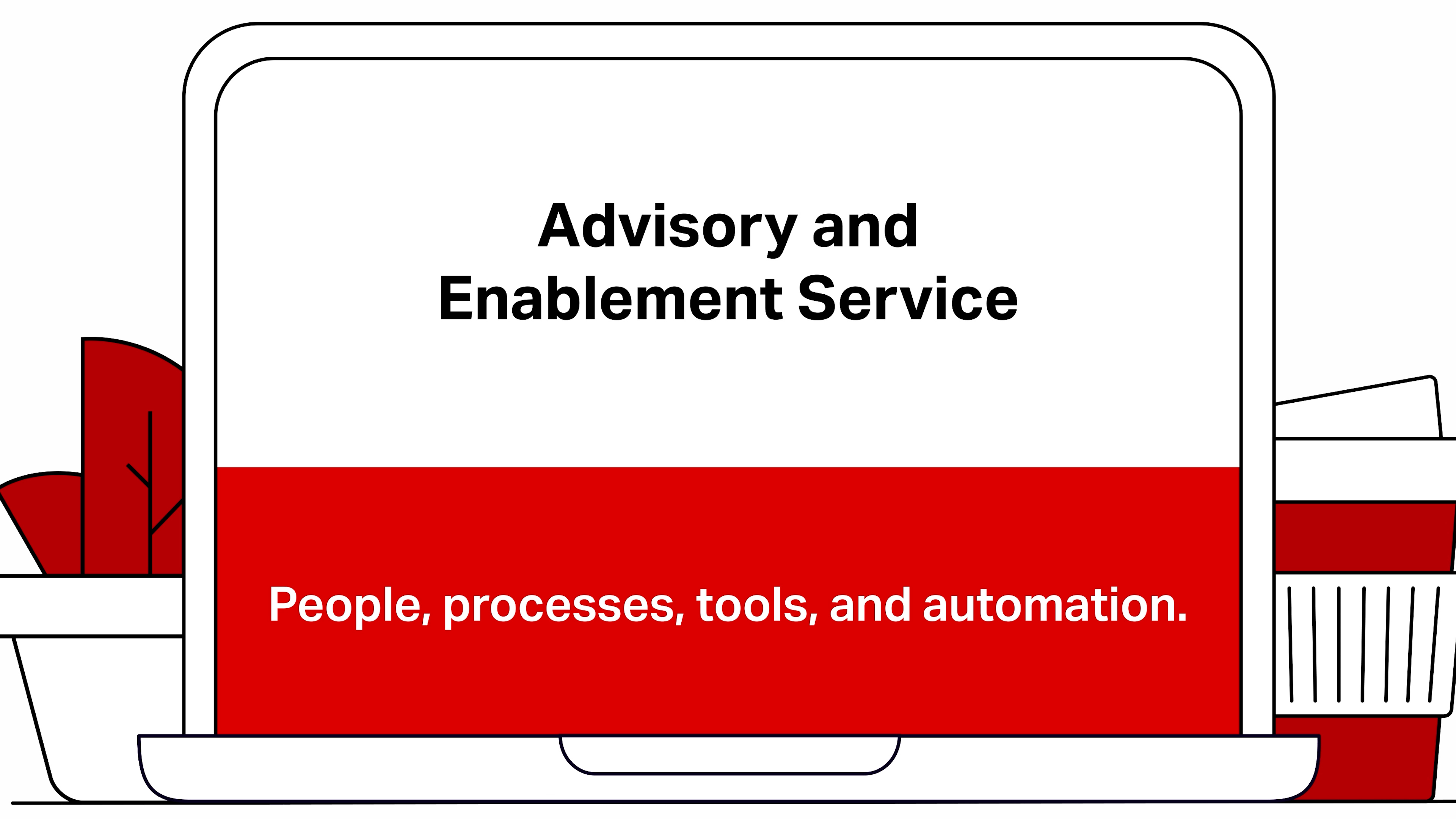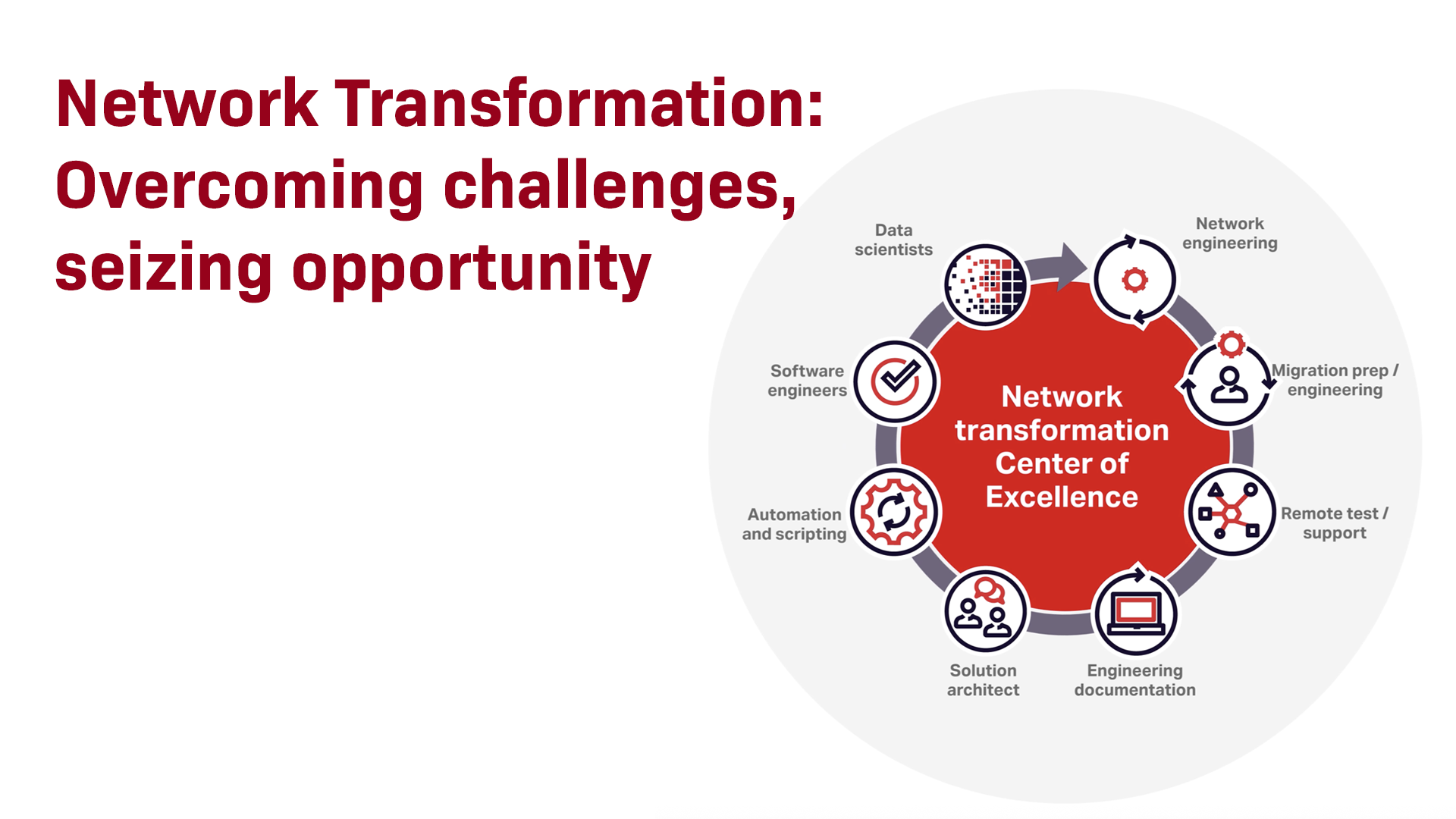A methodology for crossing the chasm from legacy to modern networks

Chris Antlitz is a principal analyst in TBR’s Telecom Practice. Chris oversees and contributes to the Telecom Practice’s syndicated research portfolio and custom project work. He leverages over 14 years of analytical experience to lead the Telecom Practice’s research agenda as well as provide critical insight and analysis to syndicated and project work.
Chris covers the global telecom vendor and operator ecosystem and all major trends in the space including, but not limited to, developments in NFV, SDN, edge computing, digital transformation, IoT, private cellular networks and 5G. He also covers the hyperscaler market, particularly the pursuits of the Big Nine hyperscaler companies (i.e., Alphabet, Amazon, Apple, Meta, Microsoft, Rakuten, Alibaba, Baidu and Tencent) in the digital space.
This is the second post in a blog series. See Chris's other posts on transformed optical infrastructure, time-division multiplexing (TDM) migration, navigating vendor equipment swaps, and the 6 attributes to look for when selecting a transformation partner.
Communication service providers (CSPs) navigate through a constant state of change. The pace of technological innovation is unrelenting (and accelerating), and customer expectations are continually evolving. A key issue for CSPs in this environment is how to best handle technology transitions to align with business realities and market expectations.
One of the biggest challenges CSPs face when evolving their networks to a modern architecture is how to handle the legacy systems. Most CSPs have decades’ worth of infrastructure that composes their networks, typically an amalgamation of legacy and modern gear. Not only is it complex from a lifecycle management perspective, but it is also inefficient from a cost standpoint, especially when factoring in energy usage and maintenance. Network systems that are near or past end-of-life also present a high risk of failure as spare parts become harder to find and as OEMs stop supporting the software. There is also the challenge of maintaining internal labor resources who are proficient in managing the legacy technologies, which is becoming a major conundrum as an increasing number of workers with expertise in these legacy technologies enter retirement age and leave the workforce. Fortunately, there are proven solutions that can alleviate some of the burden and set CSPs on a path toward modern networks that are optimized for the digital economy.
 “Consolidate and transform” is one approach leading CSPs have opted for as part of their network transformation initiatives. In these types of projects, multiple legacy systems, which are typically fragmented, close to or past their end-of-life, and multivendor in nature, are all transitioned over to a streamlined, modern platform. The modern platform typically provides optimized performance and a lower TCO than the legacy systems, enabling CSPs to operate their networks more competitively and profitably.
“Consolidate and transform” is one approach leading CSPs have opted for as part of their network transformation initiatives. In these types of projects, multiple legacy systems, which are typically fragmented, close to or past their end-of-life, and multivendor in nature, are all transitioned over to a streamlined, modern platform. The modern platform typically provides optimized performance and a lower TCO than the legacy systems, enabling CSPs to operate their networks more competitively and profitably.
Since most CSPs lack the in-house expertise and time to undertake these complex migration projects on their own, they tend to rely heavily on trusted partners to handle the transformations on their behalf. Vendors that specialize in these network transformations typically bring a proven methodology and best practices approach for these types of migration projects. The vendors’ services capabilities tend to stretch the full services life cycle of the engagement (a “one-stop shop”), from front-end consulting to planning, design, implementation of the new infrastructure and decommissioning of the legacy infrastructure to the ultimate handover of the new system to the CSP. For the duration of the engagement the vendor is fully responsible for the end-to-end project management and assumption of the project risks.
In a recent real-world example, a Tier 1 North America-based wireless and wireline operator with a large, fragmented, legacy Dense Wavelength Division Multiplexing (DWDM) footprint (the result of numerous mergers and acquisitions over the years) decided to tackle its own network transformation by replacing its sprawl of legacy transport systems with a unified, modern transport platform. Since the operator lacked the in-house expertise to undertake a project of this magnitude on its own, it decided to bring in Ciena, its trusted optical services provider, to manage the project end to end.
Using a tried-and-true transformation methodology, the Ciena team used custom applications, automation tools and analytics to rapidly map and extract network data in relation to the circuits, devices and traffic paths used in the legacy network. This “master” database provided a single view of the network and allowed the team to avoid potential roadblocks along the migration process.
Ciena’s proven services methodology for network transformation:

Fast-forward a year into this multiyear transformation project, and the initiative has successfully migrated a large portion of the operator’s network and operations, resulting in lower opex, less operational risk, and an optimized platform that is equipped to profitably support CSPs’ needs into the future. With the decommissioning of legacy network elements and installation of energy-efficient, modern equipment, overall power consumption has been reduced. Space savings and lower cooling costs have trimmed operational expenditures even further. In addition, the challenge of managing the shortage of skilled labor resources who have expertise with legacy DWDM technology has been alleviated as the new infrastructure has a larger labor pool to draw from.
Fast-forward a year into this multiyear transformation project, and the initiative has successfully migrated a large portion of the operator’s network and operations, resulting in lower opex, less operational risk, and an optimized platform that is equipped to profitably support CSPs’ needs into the future.
In summary, all CSPs face the continual challenge of navigating change, especially from a network technology perspective. The stakes are high to ensure these transitions from legacy to modern systems are completed with minimal disruption to business operations, budgets, and customer experience. With resources scarce and risks high, relying on trusted partners that have proven track records of handling these complex network transformations is a winning strategy.
Change can be hard, but it doesn’t have to be.








